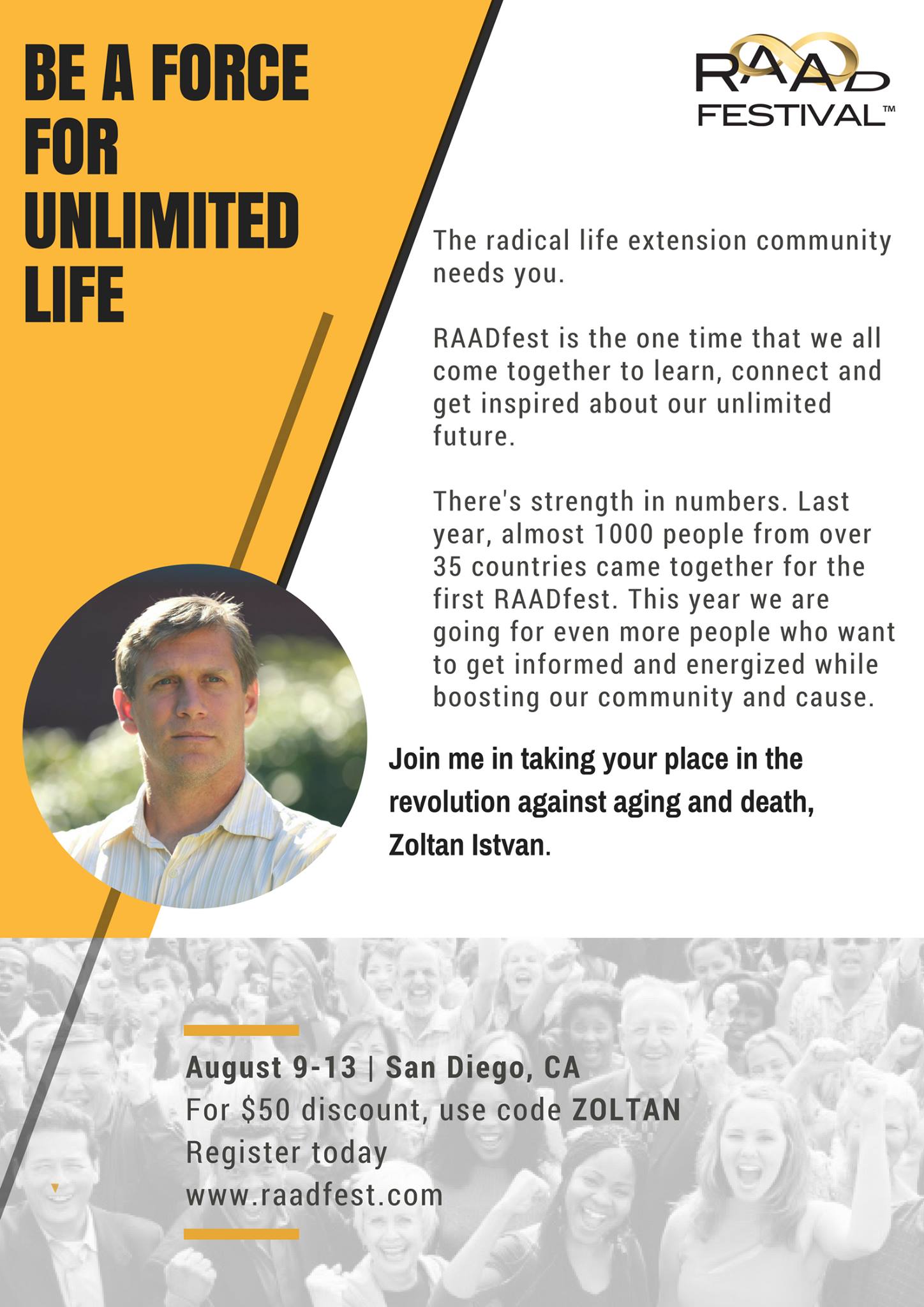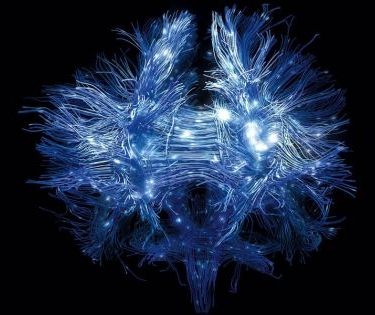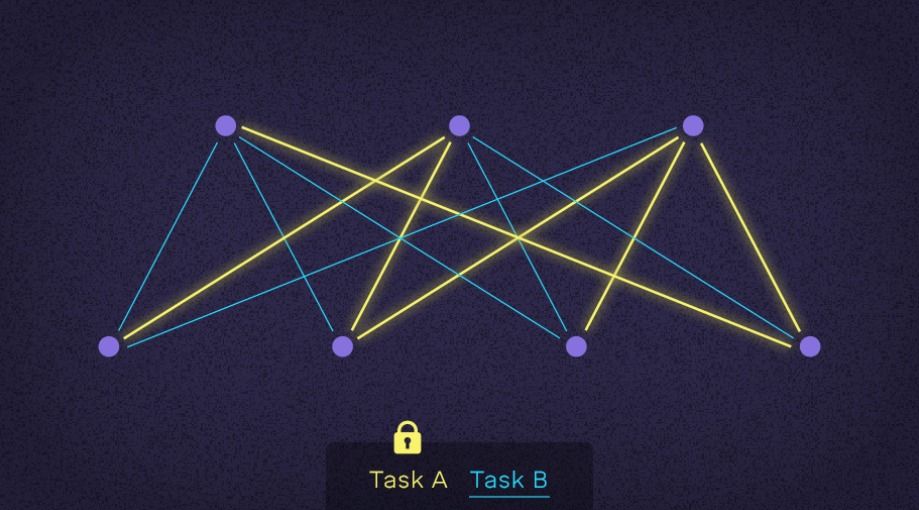Page 10815
Mar 16, 2017
Chinese researchers announce designer baby breakthrough
Posted by Shane Hinshaw in categories: biotech/medical, genetics
Science has taken another step toward delivering the perfect newborn – or at least a bouncing baby free of certain genetic defects.
Chinese researchers used a genome editing technique called CRISPR to rid normal embryos of hereditary diseases that cause blood disorders and other ailments, according to New Scientist. Experts who reviewed the project told the publication that, even though it involved just six embryos, it carries promise.
“It is encouraging,” Robin Lovell-Badge, a human genome expert at the Francis Crick Institute in London, told New Scientist.
Continue reading “Chinese researchers announce designer baby breakthrough” »
Mar 16, 2017
Supercomputers may boost life expectancy
Posted by Simon Waslander in categories: biotech/medical, genetics, robotics/AI, supercomputing
This is nowhere near the power of the biggest systems, but still allows us to participate in research and development powered by supercomputer.
The idea that a computer could deliver an increase in life expectancy arises for a number of reasons, Prof Desplat says. Major gains are expected from the emergence of personalised medicine, care specifically tailored to match your genetic make-up. This will be driven in the not too distant future by “deep artificial intelligence learning” run on a supercomputer. These will also deliver faster more accurate early diagnosis, he says.
These computers are used in a variety of ways, from weather forecasting and climate modelling to energy usage modelling, statistical processing and seismic analysis when prospecting for oil and gas.
Continue reading “Supercomputers may boost life expectancy” »
Mar 16, 2017
Many transhumaists including myself will be speaking at RAADfest this year in San Diego, Aug 9–13
Posted by Zoltan Istvan in category: life extension
It’s the largest gathering of longevity advocates I know of. Hope to see you there! Get $50 bucks off registration by entering: ZOLTAN www.raadfest.com
The big difference between AI and humans has always been our neural network and ability to learn — now, robots are catching up.
Mar 16, 2017
Super humans who are sexier, stronger and smarter will arrive by 2029
Posted by Dan Kummer in categories: Ray Kurzweil, robotics/AI, singularity
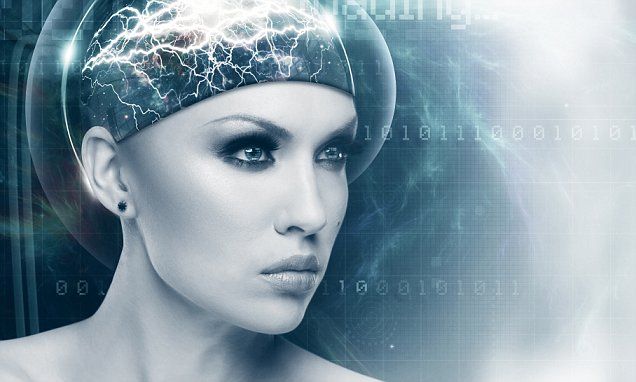
Ray Kurzweil a futurist who works on Google’s machine learning project predicted that singularity would happen in the next twelve years at the SXSW conference in Austin, Texas.
Mar 16, 2017
Startup Serves Up Chicken Produced From Cells in Lab
Posted by Dan Kummer in category: food
A Bay Area food-technology startup says it has created the world’s first chicken strips grown from self-reproducing cells without so much as ruffling a feather.
And the product pretty much tastes like chicken, according to people who were offered samples Tuesday in San Francisco, before Memphis Meats Inc.’s formal unveiling on Wednesday.
Scientists, startups and animal-welfare activists believe the new product could help to…
Continue reading “Startup Serves Up Chicken Produced From Cells in Lab” »
Mar 16, 2017
Q&A with Interaction Designer Ron Kim
Posted by Brett Gallie II in category: space travel
Designing web and mobile apps good enough for space exploration poses a special set of UX challenges. NASA’s interaction designer reveals how he and his team take user experience into orbit.
How do you prototype software that can safely send astronauts into space? Over at NASA’s Ames Research Center, the HCI team members are engaged in answering that question, constantly designing, prototyping and iterating on web and mobile apps to support space missions from launchpad to deep space and back.
Justinmind was lucky enough to talk to NASA Interaction Designer Ron Kim, who told us about how NASA’s user experience team works, the challenges of designing software for the International Space Station, and how prototyping helps him sell UX to scientists.
Mar 16, 2017
Artificial intelligence has a multitasking problem, and DeepMind might have a solution
Posted by Alireza Mokri in categories: information science, robotics/AI
Right now it’s easiest to think about an artificial intelligence algorithm as a specific tool, like a hammer. A hammer is really good at hitting things, but when you need a saw to cut something in half, it’s back to the toolbox. Need a face recognized? Train an facial recognition algorithm, but don’t ask it to recognize cows.
Alphabet’s AI research arm, DeepMind, is trying to change that idea with a new algorithm that can learn more than one skill. Having algorithms that can learn multiple skills could make it far easier to add new languages to translators, remove bias from image recognition systems, or even have algorithms use existing knowledge to solve new complex problems. The research published in Proceedings of the National Academy of Sciences this week is preliminary, as it only tests the algorithm on playing different Atari games, but this research shows multi-purpose algorithms are actually possible.
The problem DeepMind’s research tackles is called “catastrophic forgetting,” the company writes. If you train an algorithm to recognize faces and then try to train it again to recognize cows, it will forget faces to make room for all the cow-knowledge. Modern artificial neural networks use millions of mathematic equations to calculate patterns in data, which could be the pixels that make a face or the series of words that make a sentence. These equations are connected in various ways, and are so dependent on some equations that they’ll begin to fail when even slightly tweaked for a different task. DeepMind’s new algorithm identifies and protects the equations most important for carrying out the original task, while letting the less-important ones be overwritten.
Mar 16, 2017
Future ‘lightwave’ computers could run 100,000 times faster
Posted by Alireza Mokri in categories: computing, futurism
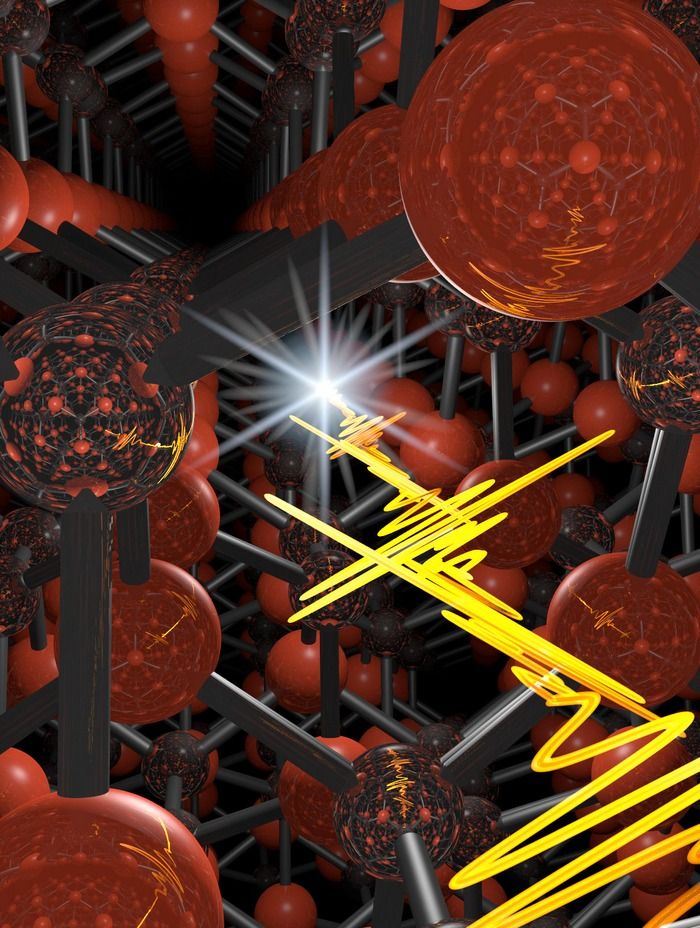 TeraHertz pulses in semiconductor crystal (credit: Fabian Langer, Regensburg University)
TeraHertz pulses in semiconductor crystal (credit: Fabian Langer, Regensburg University)
Using extremely short pulses of teraHertz (THz) radiation instead of electrical currents could lead to future computers that run ten to 100,000 times faster than today’s state-of-the-art electronics, according to an international team of researchers, writing in the journal Nature Photonics.
In a conventional computer, electrons moving through a semiconductor occasionally run into other electrons, releasing energy in the form of heat and slowing them down. With the proposed “lightwave electronics” approach, electrons could be guided by ultrafast THz pulses (the part of the electromagnetic spectrum between microwaves and infrared light). That means the travel time can be so short that the electrons would be statistically unlikely to hit anything, according to senior author Rupert Huber, a professor of physics at the University of Regensburg who led the experiment.
Continue reading “Future ‘lightwave’ computers could run 100,000 times faster” »



